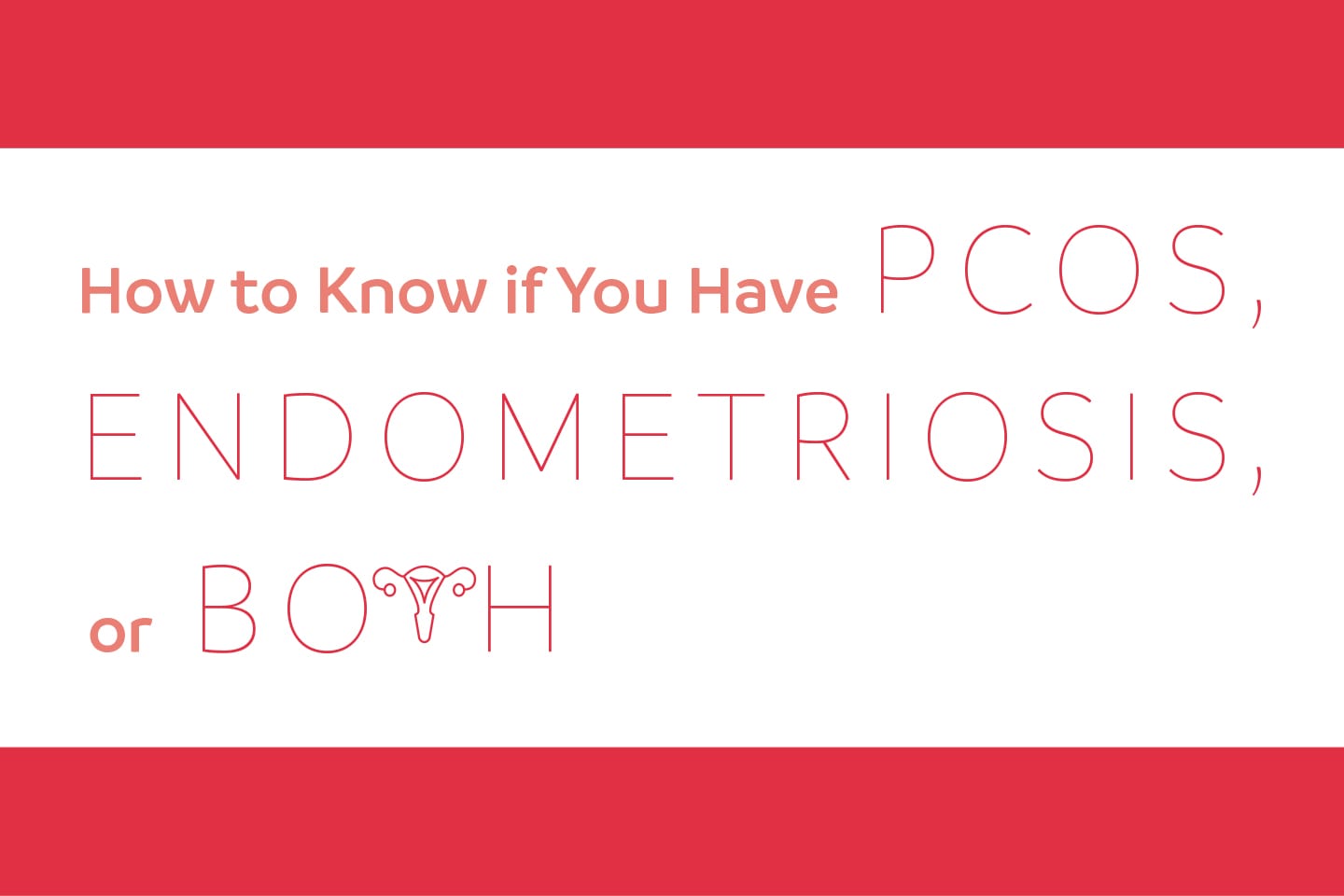Develop a Treatment Plan for Endometriosis
Emily has suffered with painful menstrual cramps since she was 14 years old. As she entered her early 20s, the pain was unrelenting, affecting every part of her life.
By Charlotte Boatwright, RN, PH. D.
Like 5.5 million other women in the United States, Emily has endometriosis, a condition in which tissue that usually grows inside the uterus grows outside in the pelvis. The result is painful adhesions and sometimes cysts called endometriomas. “Endometriosis is one of the most common diseases of the female reproductive tract, affecting up to 20 percent of women coming out of their teens,” says Dr. David Barker of the OB/GYN Center of Excellence. “The inner lining of the uterus, called the endometrium, is very responsive to hormones. This hormonally reactive tissue that should be contained in the uterus grows outside in the pelvic cavity, often on the surfaces of organs such as the bladder, fallopian tubes, ovaries, or intestines. Each month, along with the menstrual period, this tissue bleeds out into the pelvis. It is a difficult, chronic condition. It is not cancerous, but it causes a lot of other problems, most frequently, pelvic pain,” Barker says. “The treatment is dependent on two things, surgically diagnosing it with laparoscopy where we look into the pelvis through the belly button and burning or cutting away this tissue. If it can be brought under control in this way, that is typically the best management. There are also ways to try to starve these implants with hormones. The medicines used today to treat it are not great, but research is being done to develop better treatment modalities,” he adds.
A Disease of Young Women
Endometriosis primarily affects young women and often disappears at menopause. “We find it most commonly in patients in their 20s, but it tends to be underdiagnosed in teenagers,” says obstetrician/gynecologist Dr. Chris Mullen of Women’s Life Circle. “It is often overlooked or attributed to other things, such as painful periods or a maturing system. I look for the three D’s, dyspareunia (painful intercourse), dysmenorrhea (painful periods), and dyskesia (painful bowel movements). In patients who have all three of these symptoms, we almost always find endometriosis when we do laparoscopy. Some patients might be treated with drugs like Lupron to see if their pain improves. If it does, then we might surmise that they have endometriosis, but laparoscopy is the ultimate diagnostic tool,” Dr. Mullen explains.
Lesions from endometriosis may be found anywhere in the pelvis, including laparoscopic scar tissue, pelvic wall bowel, intestines, colon, and rectum. It has been found in rare cases to be in the vagina or even in the brain or lungs. It may cause scar tissue and adhesions that are so severe that they alter the anatomy. About 30 to 40 percent of women who have endometriosis are infertile, making this one of the top three causes of infertility. However, many of these women can be treated successfully with a combination of hormones and surgery.
Pain Management
Pain is the most common symptom associated with endometriosis, and it may or may not coincide with the menstrual cycle. Some women have pain before and during their periods or during and after sex. The pain can be severe enough to seriously impact the lifestyle of the patient, her relationships and daily activities. Some women have no symptoms, and others may only discover the disease when they have trouble getting pregnant. There are a number of medications that can be used for the pain. These medications may stop the woman’s monthly periods and cause symptoms much like menopause, such as vaginal dryness and hot flashes. Sometimes birth control pills help. It is important not to get pregnant while on these medicines. “Most patients can be managed pretty well with a combination of surgery and medication,” says Dr. David Barker. “There are some patients that we need to send to pain management specialists. Pregnancy seems to make this condition better.”
Treatment options like the drug Lupron induce a physical state like menopause. “Estrogen feeds endometriosis,” says Dr. John Adams, Obstetrician/Gynecologist. He explains, “Lupron is given by injection once a month for a six-month period to reduce the size of endometrial tissue. Synarel is a nasal spray that is also used for this purpose. Ideally, after six months of medical treatment, removal of as much tissue as possible is done laparoscopically by burning or cutting. The patient is then put on birth control pills to control tissue growth. Most patients will be pain free for six months to a year after this treatment. Hysterectomy is considered only after all other forms of treatment have failed.”
Medical Management
Several classes of medications are used to treat endometriosis. Some of the most common ones are:
• Combined oral contraceptives include varying dosages of progesterone and estrogen and have been used to treat endometriosis since the 1950s. These drugs do not cure the disease but act to suppress menstruation and inhibit growth and bleeding from endometrial tissue. They offer the advantages of being inexpensive and well tolerated by most women and can be taken over time if needed.
• Progestins act like progesterone and have also been used since the 1950s. They come in different forms and are familiar to many women as Provera or Depo-provera. They have side effects which some women are unable to tolerate, but are less expensive than the GnRH agonists and Danazol which is not often used today. Their action is not exactly known, but they appear to cause suppression and deterioration of endometrial tissue and reduce inflammation in the pelvis.
• GnRH agonists have been used to treat endometriosis for more than 20 years and are a modification of the naturally occurring hormone, gonadotropin-releasing hormone that helps to control the menstrual cycle. They are used in combination with add-back medications and are effective, safe and well tolerated. All GnRH agonists act to stop production of estrogen, depriving endometrial tissue of the hormone and causing it to degenerate. Lupron and Synarel are brand name examples of GnRH agonists.
Surgical Treatment
In early stages, endometriosis may be treated at the time of diagnosis using a surgical procedure called laparoscopy, which is referenced as the “gold standard” for diagnosis of the disease. A thin viewing tube called a laparoscope is passed through a small incision in the abdomen or the belly button. The doctor can view the uterus, fallopian tubes, ovaries and other organs through the laparoscope which can also be used to remove tissue by cutting or burning using an energy source such as laser. Patients with advanced disease covering extensive areas are more difficult to treat with laparoscopy and may require laparotomy or a larger abdominal incision to allow better access. Several studies indicate that endometriosis may recur in up to 20 percent of cases regardless of whether laparoscopy or laparotomy is performed. Laparoscopy is less painful and has a much shorter recovery period. The choice of procedure depends on severity of the disease and patient and physician preference.
After Surgery
A common complication occurring after surgery is adhesions. Adhesions are bands of scar tissue that grow as a bodily response to injury or trauma such as surgery and connect organs that are normally separate. After surgery for endometriosis, patients often form new adhesions that may cause pelvic pain, bowel obstruction or infertility unless there is intervention. New advances in laparoscopic procedure and other treatments have helped to reduce the tendency to form adhesions.
Treatment Outcomes
Current treatments are successful in many women with endometriosis; however, medications and surgical procedures do not work for everyone. Newer strategies are being studied to improve treatment, including investigation of the role of the immune system in development of the disease and more advanced hormonal treatment. Since the cause of endometriosis is still unexplained, there is no absolute cure or evidence to support a single treatment modality over others. Choice of treatment really depends on the symptoms, age, fertility issues, and preferences of the individual. Together, patient and physician should discuss these issues and develop a treatment plan that will work best for the individual. This approach may lead to trial of a variety of approaches over the long term. The patient should research the disease thoroughly as there are still many misconceptions about it, even in medical literature. Because endometriosis may need management over time, it is important to have a trusted physician to work with when developing a treatment plan.
See Related Articles









